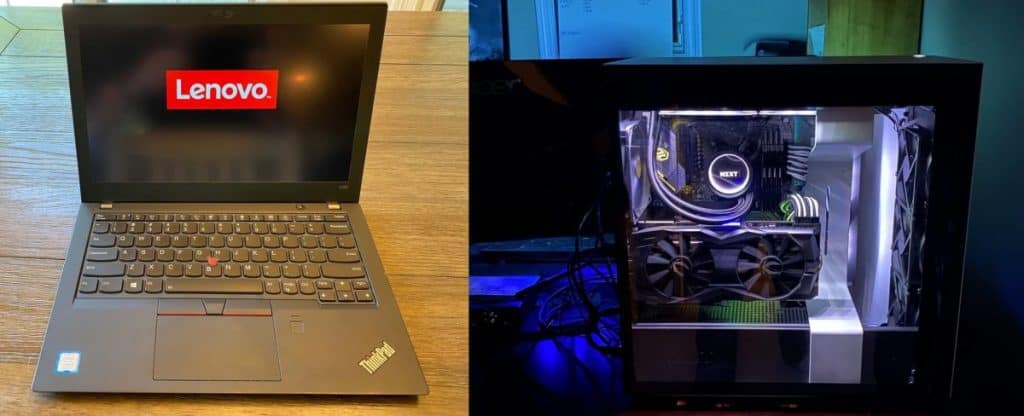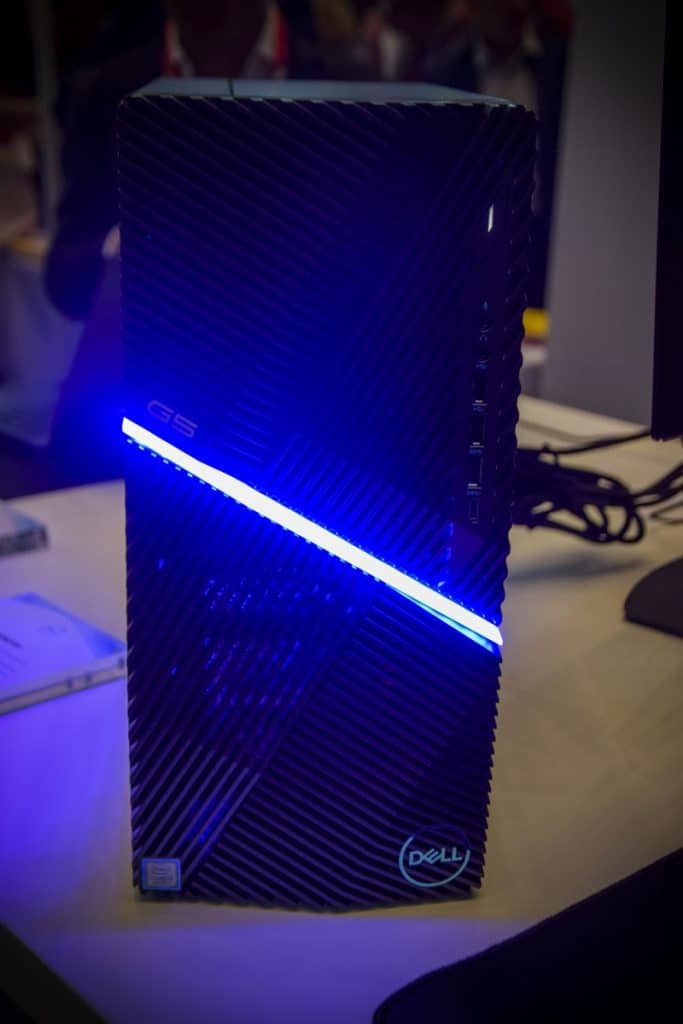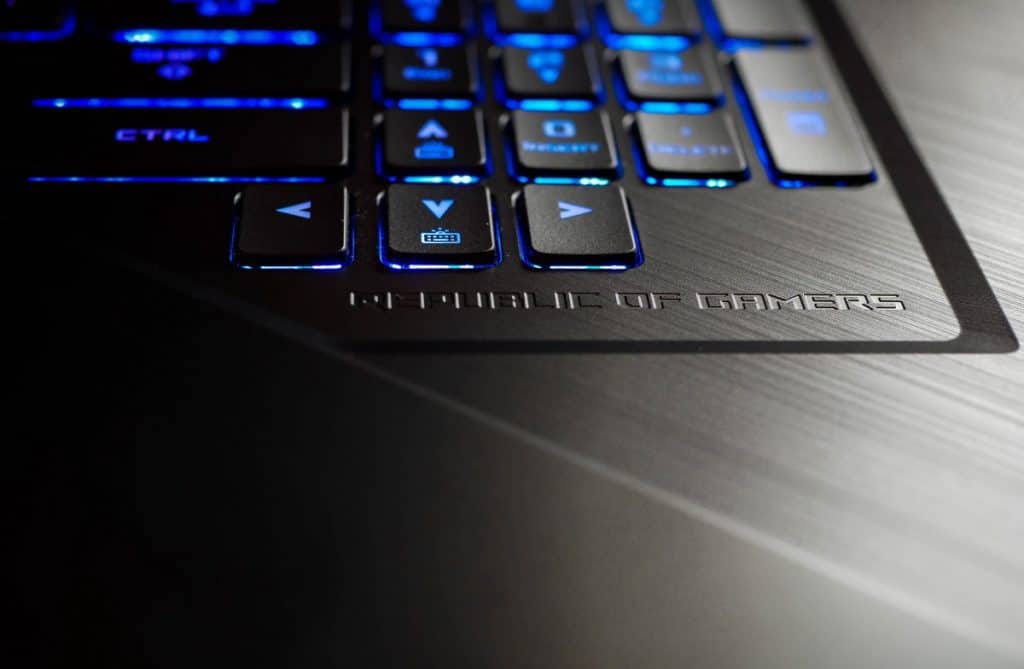We all know that laptop and desktop computers have their own niche market. Some of us are also aware that these computers are quite similar in a lot of different areas. But, then again, you also have to understand that laptops and desktops are different from one another in plenty of other areas as well. So, what are the differences between laptops and desktops?
Laptops and desktops are different in terms of form factor, portability, performance, power requirements, components, upgradability, and costs. Mainly, the differences between the two are primarily related to how they have different form factors and sizes as everything else starts from there.
The differences between laptops and desktops seem to jump out in the open the moment you look at these two machines. However, you still need to look at their differences in greater detail for you to understand that these computers really are different from one another in a lot of different aspects.

What are the differences between laptops and desktops?
For you to understand the difference between laptops and desktops, take a look at them in these categories:
Form factor
The one thing that will immediately pop out when it comes to looking at the differences between laptops and desktops is their form factor. That’s because they are simply designed to have entirely different appearances and forms. And this is where most of their other differences tend to stem from most of the time.
For one, the laptop comes with a clamshell form factor that combines all of the different components of a computer in one package. This means that the monitor, keyboard, and the different parts are all combined in a foldable machine. The laptop’s display and keyboard are already integrated with the entire hardware so that there is no need for you to
On the other hand, the form factor and design of a desktop can vary as there are usually cases where the entire computer is built into a monitor while others may need a separate housing unit for the computer’s internals, which should work with the display monitor, keyboard, mouse, and all of the other components. So, basically, desktops tend to be larger and have separate components that are not built into the computer.

Portability
Due to the differences in how laptops and desktops, portability now becomes a factor where the laptop truly stands out as it was made and designed to be portable enough for you to be able to bring it anywhere.
Laptops, due to how they come with a clamshell design that is lightweight, slim, and has all of the different components installed in a smaller form factor, are portable. Meanwhile, the main factor here is the battery as having a battery allows a laptop to be able to function anywhere without the need to be connected to an external power source.
On the other hand, no matter how slim or small a desktop computer might be, it still falls short in terms of its portability because there are different components you need to carry such as the computer itself, the keyboard, the monitor, and the mouse. On top of that, desktop computers need to run on an external power source.
Performance
Performance-wise, laptops and desktops do differ from one another specifically due to how laptops are designed to be portable and smaller. That’s why, when you put a laptop and a desktop with the same prices side by side, the desktop will most likely win out in terms of its performance.
The reason why desktops should be the more powerful of the two is the fact that they have parts that can be larger and are capable of doing more than what laptop parts are capable of. Of course, you also need to consider the fact that desktops have a near-unlimited source of power to provide all of their components with the power they need to function at peak performance.

Power requirements
Speaking of power, laptops and desktops also tend to differ here. Laptops, as you might know, are powered by a battery or a power adapter that also charges the battery. But because laptops should be able to function at their best on battery mode, they are designed to have parts and components that aren’t too power-hungry and are supposed to be able to run on the power that a battery can provide. Meanwhile, desktops need to be connected to a power outlet to run but they can get all the power they need to provide what their powerful and power-hungry components need.
Components
So, now that we are on the topic of components, laptops and desktops may require the same kind of components such as the CPU, the RAM, or the storage drive, among others. But you have to know that their components are designed to be different.
A laptop’s components are meant to be smaller so that they can fit the laptop’s form factor. That’s why they have smaller parts that aren’t as capable or as powerful as the ones you see in desktops. The limited power that a laptop battery can supply also plays a role in how the laptop’s components are designed as they are supposed to have parts that aren’t too powerful but are not power-hungry as well.
Meanwhile, desktop parts and components tend to be larger than the ones you see in laptops. They are also as power-hungry as they are large, and that is why you need to have a desktop connected to a power source the entire time since a desktop’s powerful components and parts require plenty of power to properly function.
Upgradability
One of the limits of a laptop is in terms of its upgradability because a laptop’s motherboard is what dictates what parts you can include in the laptop. And because you cannot change the proprietary motherboard that laptops come with, you cannot upgrade their different components. So, if you want to have a more powerful laptop, the best you can do is to buy a new one.
Meanwhile, desktops, as long as they can fit the case, are fully upgradable. That means that even the motherboard can be changed and upgraded as you also upgrade the different internal components, which include its CPU, RAM, or GPU. This allows you to have a desktop that is basically going to last forever since all you need to do is to upgrade its parts.
Costs
Finally, we are now down to how much these machines will cost you.
At first glance, the laptop might seem to be the more affordable of the two because of how there are more entry-level laptops that tend to be on the affordable side as compared to entry-level desktops, which will still require you to shell out a good sum of money for the monitor and the keyboard, among others.
However, if you factor in the specs and performance of the machines, you will actually notice that desktops are more affordable than laptops. For example, if you compare a $1,000 laptop’s performance with that of a $1,000 desktop’s capabilities, you will see that the desktop will outperform the laptop in almost any category. That’s because laptop parts simply are more expensive considering how costly it would be to design and manufacture small components as compared to the larger components found in desktops.
